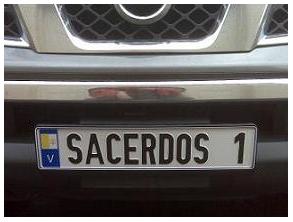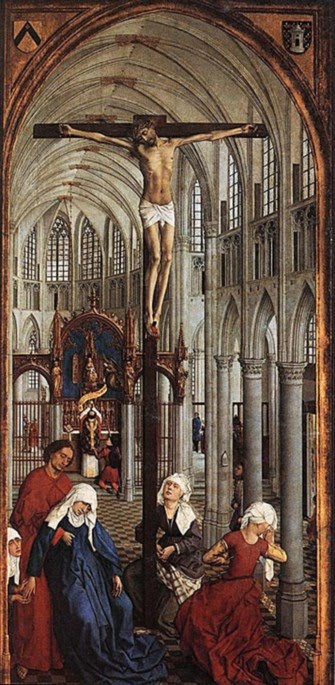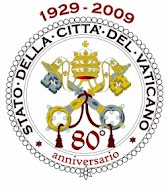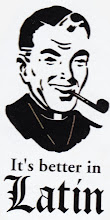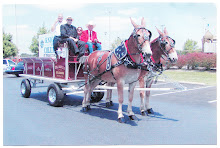This conversation is usually always met with resistance on the part of some, who like to refer to the issue as the priest "turning his back to the people." I think Fr. Rutler does a good job, however, of noting how the whole issue of "ad Orientem" constitutes not a rejection of the community and the community's participation in the Mass (as some fear), but rather a uniting of the priest and congregation in one common posture, physically embodying the common journey of the community to the East, associated from ancient times with the second coming. It seems to me that this was precisely the point of Pope Benedict (then Cardinal Ratzinger) in his advocacy for the position in his various writings (notably his book "The Feast of Faith" and "The Spirit of the Liturgy"). Additionally, the turning of the priest in the same direction as the people can tend to lessen the undue attention that can be drawn to the celebrant such that a truly negative form of "clericalism" arises, making the celebration of the Mass more focused on the priest than on his proper role: acting "in persona Christi" - as Christ who leads to the Father. Fr. Rutlege is of the opinion (as am I) that the new translation, while no doubt important, is not really the heart of the issue like the posture of the celebrant for Mass is. Anyway, I was compelled to post a link of it HERE. Check it out.
"Ordinary Form:"

"Extraordinary Form:"












